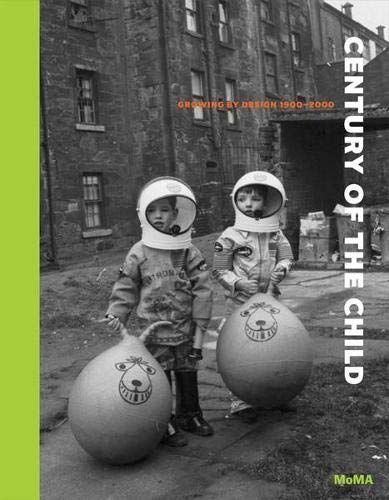
Century of the Child Growing by Design, 1900-2000
Did the twentieth century live up to what Swedish design reformer and social theorist Ellen Key, writing in 1900, envisaged as "the century of the child" ? This book, produced in conjunction with a major exhibition at The Museum of Modern Art, takes both its title and its launching point from Key's landmark book, which presaged the coming century as a period of intensified focus on and progressive thinking about the rights, development, and well-being of children. It tracks the fascinating confluence between the cultures of modern design and childhood, through an introductory essay by Juliet Kinchin, sixty-five short essays, and more than four hundred illustrations. The resulting kaleidoscopic narrative of innovative ideas, practitioners, and artifacts examines individual and collective visions for the material world of children, from utopian dreams for the citizens of the future to the dark realities of political conflict and exploitation. Despite being the focus of intense concern and profound thought, children remain one of the most underrepresented subjects in the historical analysis of modern design. To address this lacuna, this book surveys more than one hundred years of school architecture, playgrounds, toys and games, educational materials, children's hospitals and safety equipment, nurseries, furniture, animation, propaganda, advertising, books, and clothing. The outstanding projects that emerge illuminate how progressive design has enhanced the physical, intellectual, and emotional development of children and, conversely, how models of children's play and pedagogy have informed experimental design thinking. As protean beings and elastic ideological symbols, children help us to mediate between the ideal and real: they propel our thoughts forward. But as we look back, they also reveal important new dimensions of modernism in the twentieth century.